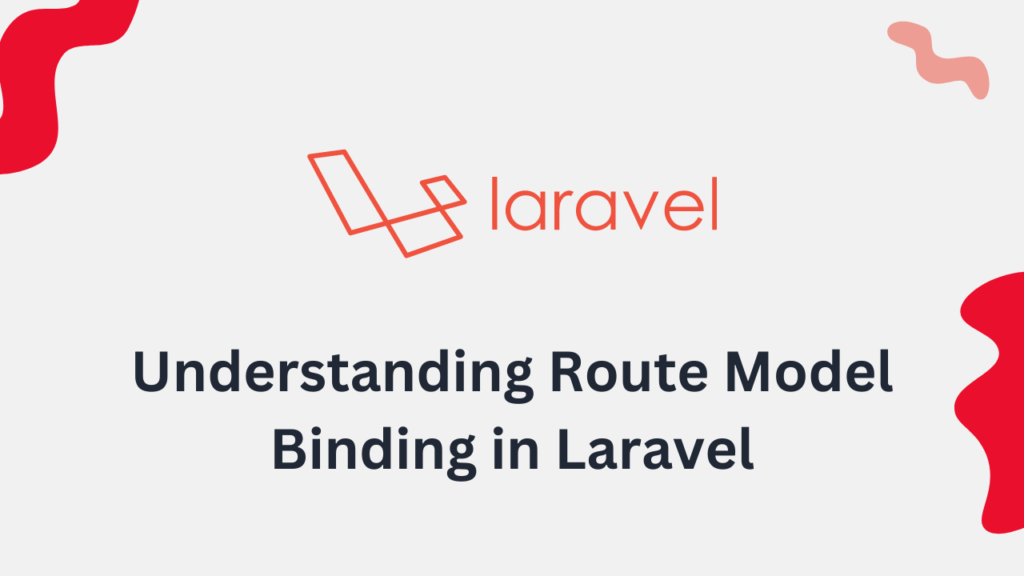In Laravel, a popular PHP framework, there are numerous features designed to simplify and streamline web development tasks. One such feature is Route Model Binding, which offers an efficient and elegant way to retrieve database records based on route parameters.
In this article, we will explain what Route Model Binding is, why it is beneficial, provide an example of its basic usage, and demonstrate how to customize it for specific requirements.
What is Route Model Binding?
Route Model Binding is a technique in Laravel that automatically maps route parameters to corresponding model instances. Instead of manually fetching data from the database based on route parameters, Laravel handles this process behind the scenes, allowing developers to focus on writing clean and concise code.
Benefits of Route Model Binding:
- Simplified Data Retrieval: By leveraging Route Model Binding, developers can eliminate the need for repetitive database queries and instead access the required model instance directly.
- Enhanced Code Readability: Route Model Binding makes code more expressive and easier to understand. The route parameter names become more meaningful as they align with the model they represent.
- Increased Development Speed: With Laravel handling the data retrieval process, developers can save time and effort, leading to faster development cycles.
Basic Route Model Binding
Let’s consider a simple scenario where we have a blog application with a route that displays a specific blog post. Traditionally, we would need to fetch the blog post from the database using the provided ID:
Route::get('/posts/{id}', function ($id) {
$post = App\Post::find($id);
return view('post', ['post' => $post]);
});However, with Route Model Binding, we can achieve the same result with less code:
Route::get('/posts/{post}', function (App\Post $post) {
return view('post', ['post' => $post]);
});In this example, Laravel automatically resolves the {post} parameter in the route definition and fetches the corresponding Post model instance from the database. The retrieved model instance is then passed directly to the closure function.
Customizing Route Model Binding
Laravel’s Route Model Binding is flexible and allows customization to suit specific requirements. Developers can define their binding logic using the Route::bind() method, which enables them to resolve route parameters in a custom way.
For example, let’s say we want to retrieve a blog post not only based on its ID but also considering its status as published. We can customize the route model binding as follows:
Route::bind('post', function ($value) {
return App\Post::where('id', $value)
->where('status', 'published')
->firstOrFail();
});In this case, whenever a route parameter {post} is encountered, Laravel will execute the custom binding logic provided. It fetches the Post model instance from the database based on the given ID and verifies that its status is ‘published’. If a matching record is found, it is returned; otherwise, it will throw a 404 error.
Conclusion
Route Model Binding is a powerful feature in Laravel that simplifies data retrieval from the database based on route parameters. By automatically mapping route parameters to model instances, it improves code readability, speeds up development, and reduces the need for repetitive queries.
Furthermore, Laravel allows developers to customize the binding logic for specific requirements. i.e. in your database design for posts, you need to use slug as a route parameter.



